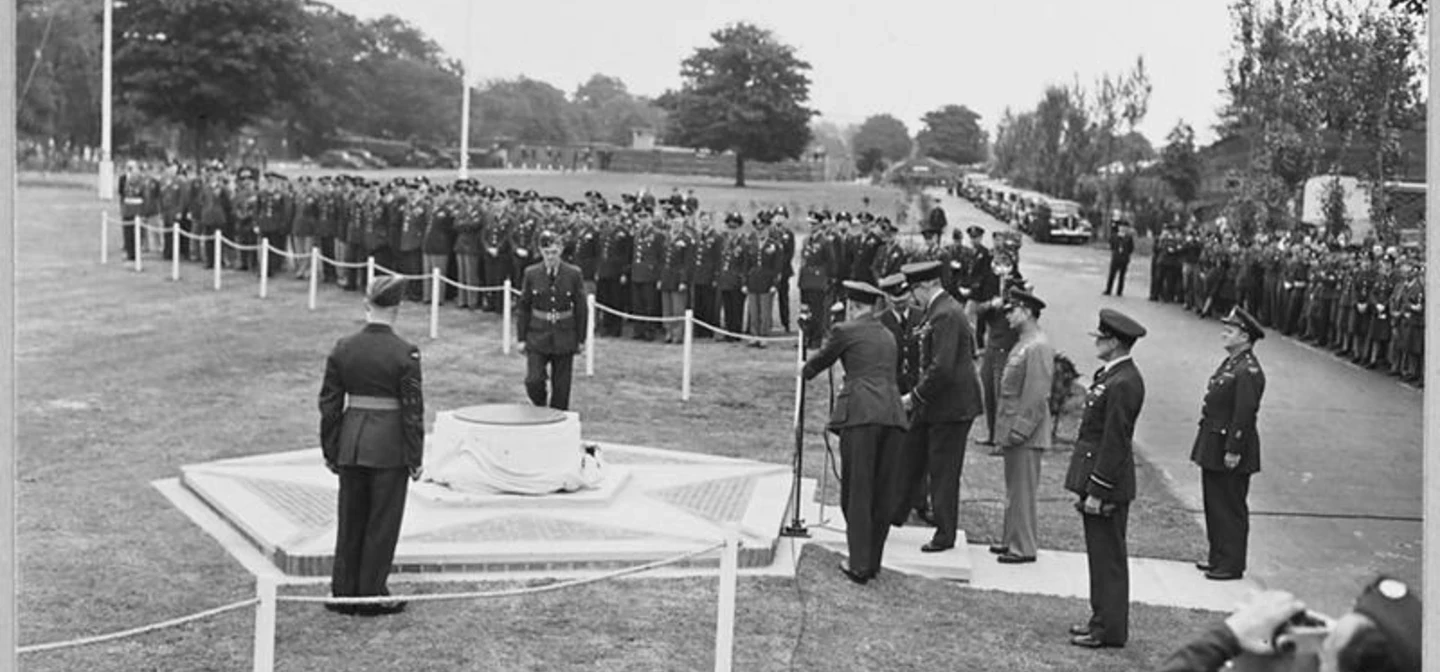
Bushy Park after the war
After the Second World War drew to a close on 2 September 1945, the US air force who occupied the park’s wartime buildings gradually left. But the park didn’t return to its previous role straightaway...
Discover more about the legacy of Camp Griffiss and how the site has changed today with Bill Swan - Assistant Park Manager of Bushy Park.
The Berlin Airlift
In May 1945, the Headquarters of the Royal Air Force (RAF) Transport Command moved to the park’s military camp. It was from here that they coordinated another significant plan: the Berlin Airlift in 1948-49.
When the Second World War ended, Allied authorities partitioned the defeated Germany into four zones, each one controlled by a different Allied nation, Britain, France, the US, and the USSR. Berlin was located deep in the Soviet-controlled zone, but was also divided into four sections due to its importance as the capital city.
In June 1948, the Russians initiated the Berlin blockade in order to force Britain, France and the US out of the city. Their intention was to deprive the city’s residents of food and supplies. In response, Britain, France and the US decided to fly resources into Berlin – a successful effort known as the Berlin Airlift.
HQ Transport Command’s primary role during the Airlift was to coordinate the Service aircraft and aircrews, and they were also responsible for the training of crews and major inspections of aircraft.
Bushy Park’s role in the Berlin Airlift is memorialised on the USAAF commemorative tablet located near SHAEF Gate.
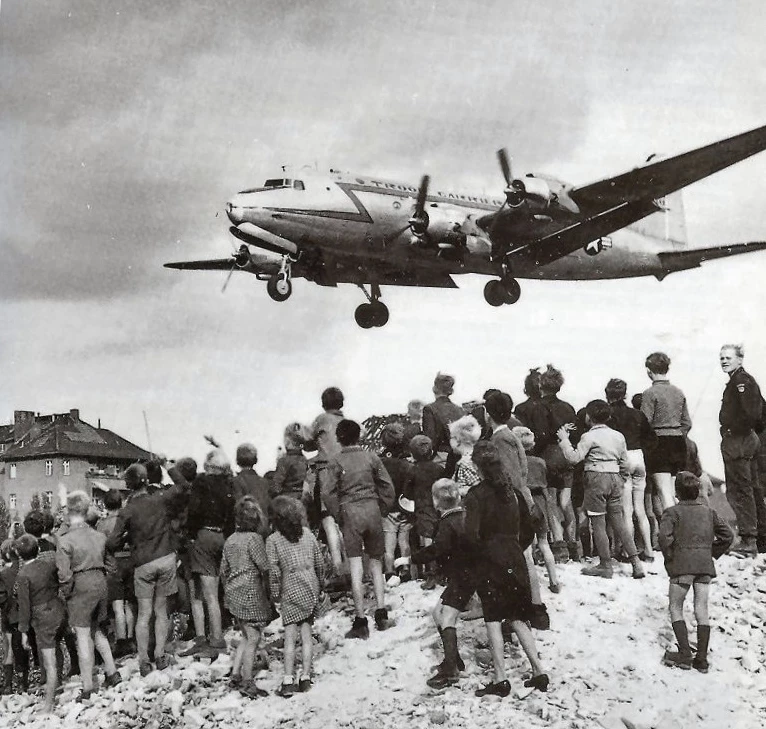
Calling the park ‘home’
After the American troops left their accommodation on Chestnut Avenue, the buildings fell out of use. However, they were soon used for a very different purpose – housing for families who had been bombed out of their homes, or had found it difficult to find a home during and after the end of the war.
Families lived in the park until the mid-1950s. The local council took responsibility for their needs and helped in re-housing them.
The legacy of Camp Griffiss
In the 1960s, Camp Grifiss was demolished, and the area returned to parkland. Today, it’s hard to imagine that a vast military camp once stood in a peaceful area now occupied by deer!
If you know where to look, though, some traces of the war years can still be found – both in the park itself and amongst the surrounding communities who continue to remember the legacy of Camp Griffiss.
As you’ve seen in this digital exhibition, many of these local memories have been captured as part of a project by The Royal Parks staff and volunteers to build a historical archive at Bushy Park. The archive contains many of these testimonies, as well as historical information, documents, photographs, and objects related to Bushy Park’s wartime history. While the archive is closed to the public, you can find many of its highlights here on The Royal Parks website.
Invaluable research into the wartime history of Bushy Park has been conducted by The Royal Parks Guild and The Friends of Bushy and Home Parks. Thanks to their dedicated time, energy and work, the memories of Camp Griffiss and SHAEF’s presence in Bushy Park will live on.
On your next visit to Bushy Park, look out for...
SHAEF Gate
SHAEF Gate in Bushy Park was constructed in 1994. It marks the original main entrance to Camp Griffiss. On the gate, look out for a shield showing the SHAEF emblem – a flaming sword and rainbow. The sword represents justice and liberation, while the rainbow signifies hope.
A new information board next to the gate also highlights Bushy Park’s important role in the Second World War.
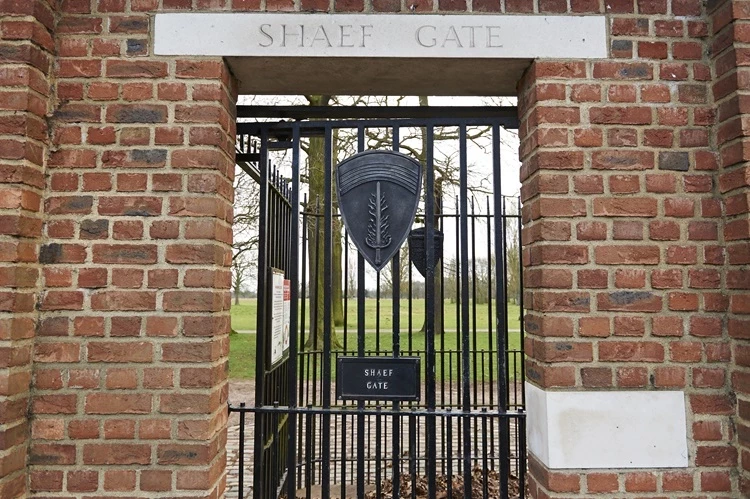
SHAEF Memorial and Eisenhower's office
Near to SHAEF Gate is this memorial which incorporates a five-pointed bronze star representing the United States flag. The SHAEF emblem is in the centre. The memorial is framed by a red brick platform that marks the location where General Eisenhower’s office once stood. To find the memorial, look out for the flag that flies above the brick platform.
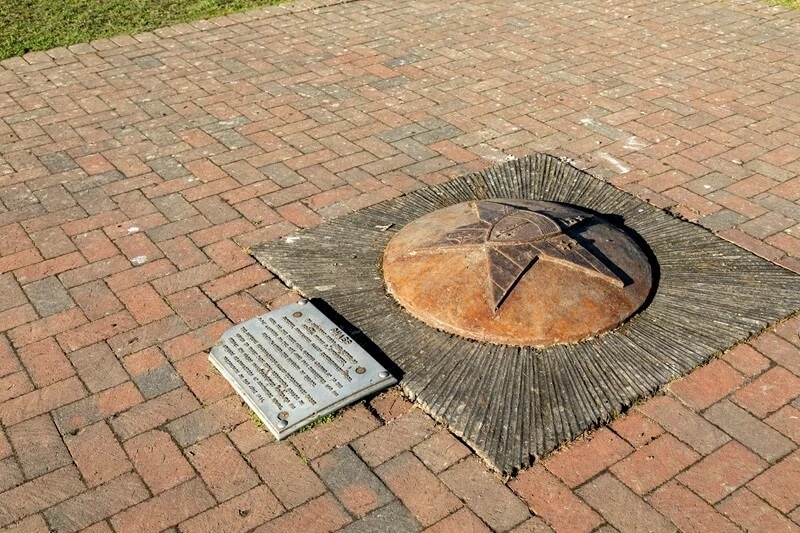
USAAF Commemorative Tablet
The USAAF commemorative tablet was unveiled in February 1943 by RAF Air Chief Marshall Sir Christopher L. Courtney and General Eaker, United States Army Air Force (USAAF). It commemorates the use of Bushy Park as USAAF Headquarters during the Second World War.
The tablet also marks the anniversary of the lifting of the Berlin blockade, as shown on a plaque on the side of the stone.
To find the tablet, look out for a large stone platform surrounded by a low black railing.

Book plaques
To mark the 50th anniversary of D-Day in 1994, plaques in the shape of open books were set into the ground in Bushy Park. They mark the four corners of each of the four main Blocks – A, B, C and D. Fourteen of these remain in situ in the park; look out for them on your next walk around the area to the east of Chestnut Avenue.
If you've enjoyed this digital exhibition, why not come to Bushy Park and see what you can spot for yourself? The park today may not be bustling with military troops - but it is flourishing with wildlife! From beautiful herds of red and fallow deer and magnificent ancient trees to tiny invertebrates like stag beetles, there's lots to see on your next visit. Check out Bushy Park's nature and wildlife here.
This digital exhibition has been developed with the support of the Friends of Bushy and Home Parks. Meet the Friends at their Visitor Centre next to the Pheasantry Café in Bushy Park.
Unless otherwise stated, images on this page come from the Bushy Park archive at The Royal Parks. We have made every effort to establish the provenance of the photographs and testimonies used in this exhibition, but if you have a query about any of these items please contact us at digitalcomms@royalparks.org.uk.
Discover more of our digital exhibition Operation Bushy Park
-
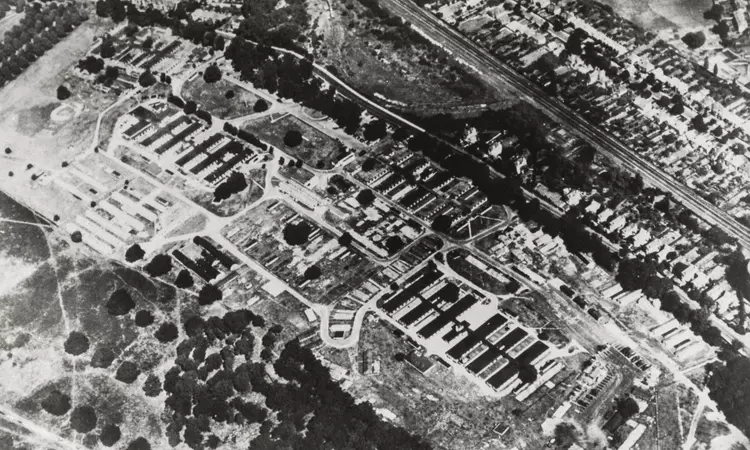
Operation Bushy Park: Plotting D-Day in a Royal Park
During the Second World War, Bushy Park was home to a sprawling military base. This is where General Eisenhower came to work on a top-secret plan...
-

Setting up Camp Griffiss Bushy Park
When you visit Bushy Park today, nothing remains of the vast, bustling army and air force camp that used to be such a prominent feature of the park.
-

Life in Camp Griffiss I Bushy Park History
The men and women of Camp Griffiss worked hard – but they played hard too! The camp had much to offer when it came to leisure time.
-
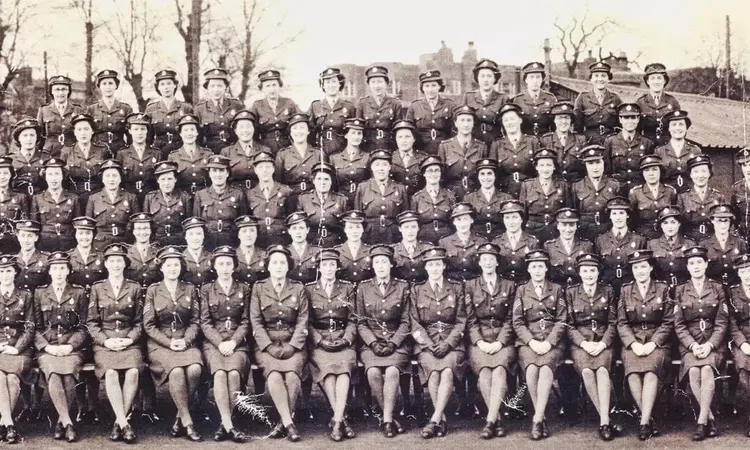
The People of Camp Griffiss
Who were the people that lived and worked in camp? Let’s explore the stories of just some of the people who called Bushy Park home in the 1940s.
-
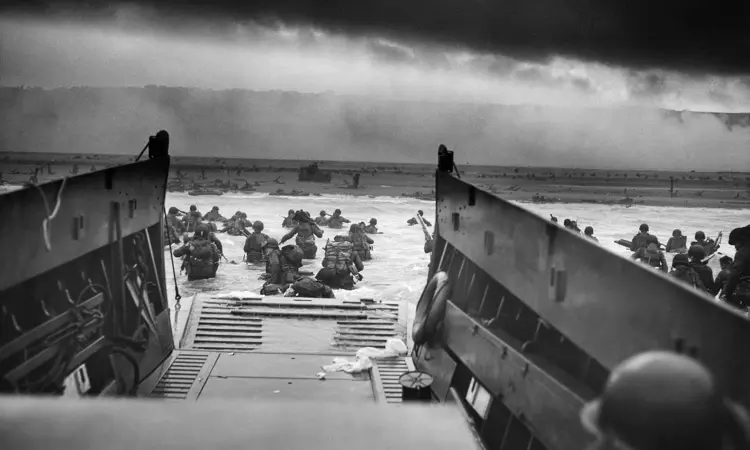
Planning D-Day
Discover the significance of D-Day and its ties to Bushy Park. Learn about Operation Overlord and Neptune's planning.
-
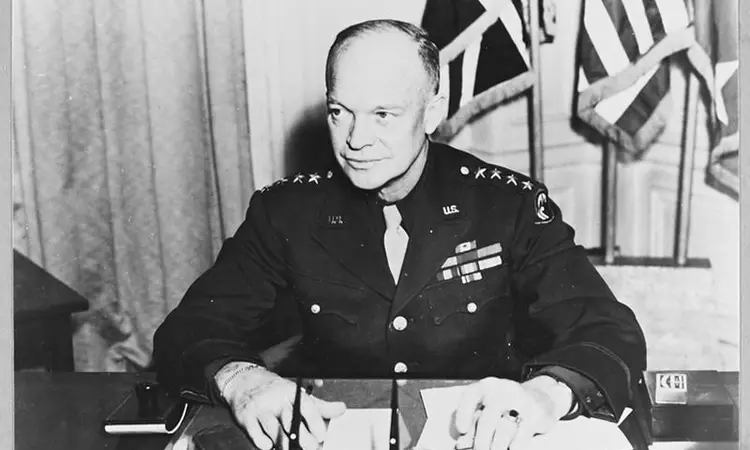
General Eisenhower in Bushy Park
Explore the pivotal role of General Eisenhower and his staff at the heart of Bushy Park in 1944, shaping history during the Second World War..
Related Articles
-
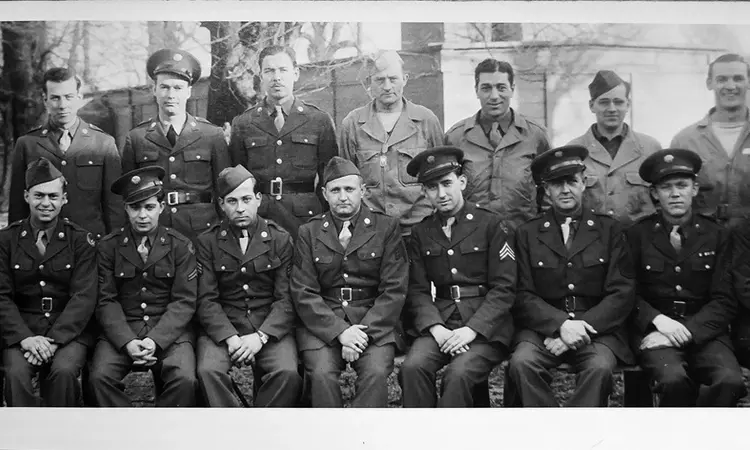 Read
ReadBushy Park's own 'Masters of the Air'
When you’re taking a walk through Bushy Park it can be hard to imagine that the park has a fascinating military past.
-
 Read
ReadJoe Louis at Bushy Park
Joe Louis is remembered as one of the first black sportsmen to transcend the colour barrier, and in WW2 he made a special appearance at Bushy Park.
-
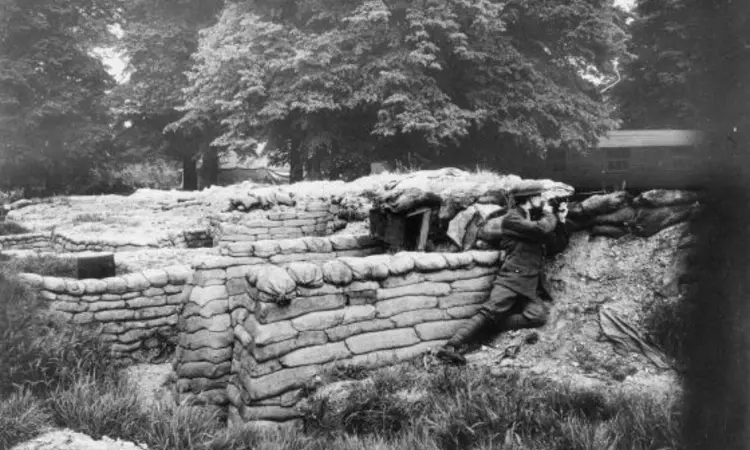 Listen
ListenHidden Stories of The Royal Parks: Parks at War
In this episode David Ivison, historical researcher for The Royal Parks Guild, explains how the Royal Parks were used during the two world wars.